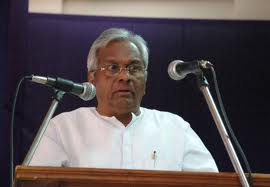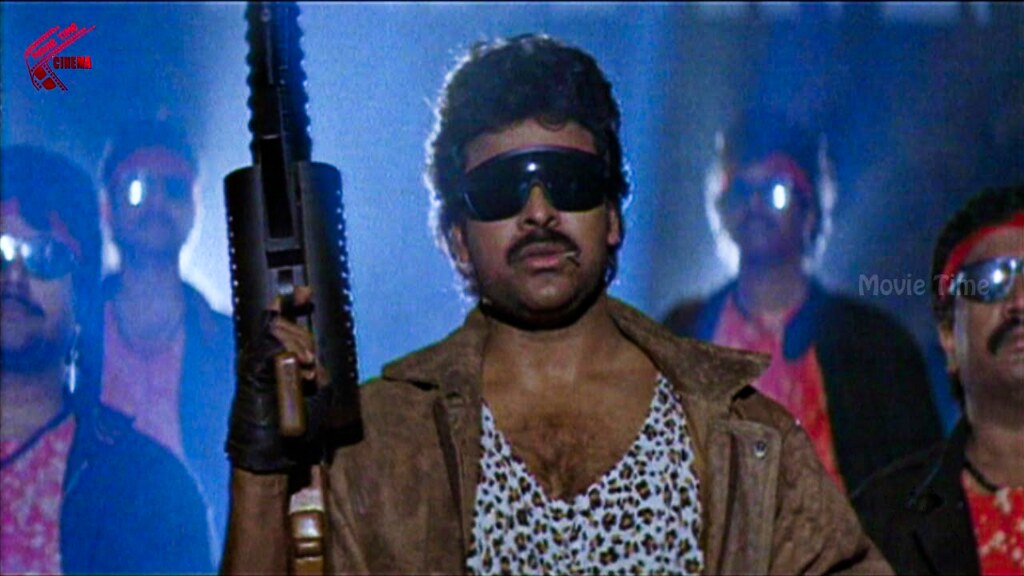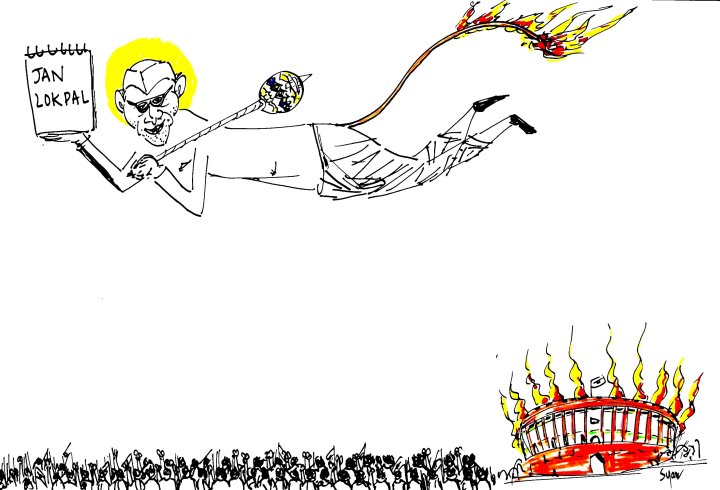Vidyanand Thombare
 Rajinikanth’s recent film Kabali has received a great response. Certainly brand Rajani can’t be factored out for this grand reception like most of his erstwhile releases. Does Kabali’s success attribute only to Thalaiva or are there other things too which had connections with this success? Of course Rajinikanth himself carries a Hugovion market value, putting him beyond any hegemonic superstructure whether it is of producer’s or of distributor’s, where none can afford to reject him.
Rajinikanth’s recent film Kabali has received a great response. Certainly brand Rajani can’t be factored out for this grand reception like most of his erstwhile releases. Does Kabali’s success attribute only to Thalaiva or are there other things too which had connections with this success? Of course Rajinikanth himself carries a Hugovion market value, putting him beyond any hegemonic superstructure whether it is of producer’s or of distributor’s, where none can afford to reject him.
Like most Tamil cinema, Kabali too utilised visual imagery, style, stunts, background score, punch rhetoric of dialogue and many more aspects which appeal to the audience. Still the film does not lose its touch to depict issues of India society and Indian diaspora. The story, primarily a fictitious depiction, has many parallels in the history of evolution of Indian society in diasporic spaces and contemporary issues emerging out of this evolution.
During colonial times, to support their capital, colonial power utilised indentured labour and labourers, and implanted them for the cultivation of their needs at scale. This was the time of forced rather semi-forced migration for most Indians under British rule. The colonial ruler hired large number of labourers from different parts of India and exploited their labour-power. This migration is forced because no labourer had volunteered herself/himself to such exploitation. It’s semi-forced because, for them there weren’t any better choices that existed in India back then. The colonial rulers were phenomenal in understanding the structures of colonies and utilising that for their needs and greed. They were well aware of hierarchical power equations of Indian caste-society, and thus, they actively instrumented those choices which vulnerable agencies of lower-castes could aspired to.
Unlike in Africa, they didn’t have to go for deployment of slavery-mechanism in South East Asia, or especially in India. Here, the caste system gave them ready-made ‘slaves’ who were enslaved by Brahminical society from time immemorial. For African tribes, slavery of colonial masters was new and the Africans fought against it; so colonials used weapons and thus slavery came into being. However, in contrast, in India slavery as a phenomenon existed for thousands of years, deeply rooted, even in individual cognition it defined the operative mechanism of system of the subconscious through so-called external religious customs. Thus external rulers didn’t need to be brutal themselves to conceptualise ‘slavery’ in Indian context. For a society which is trapped in itself in its own form they simple redefined it as a lucrative opportunity for unemployed labour, for the vulnerable to reduce its vulnerability, for the oppressed to reduce its oppression, for the exploited to reduce its level of exploitation.

In this phase of globalization, traditional Indian structure of caste hierarchy has got globalised. Caste has forcefully or semi-forcefully traveled across continents, to different parts of the world where there was a heavy need for agricultural labour. Kabali puts fourth contemporary issues of such an historically evolved society of Malaysian Indians. It’s a reflection of an organised struggle of indentured labourers against power elements of feudalism. To secure their power they exploit youth power, involved them in illegal drug trade, prostitution, increased drug addiction amongst youth, not only help neutralise counterforce which were supposed to emerge out of their exploitation but also made them indecisive- to exercise their rational choices. Poverty, exploitation and increased uncertainty of the future increased the probability of more and more youth to fall into such a trap. Kabali emerges as a leader; he not only rehabilitates such people but also helps them understand their own identity and teaches them the significant value of equality and liberty in their lives. Parallel to this, Kabali appears to strive for dignity of status – a symbolic living standard, his refusal to put down his suit even if it is hot summer, depicts not only a pursuit for dignity of status but also of opportunities. A simple dialogue of his quoting Dr. Ambedkar creates a deeper impression.
Although globalisation brought in many new opportunities, it has also increased the inequalities, raised deprivation among those social groups which are vulnerable – tribes, dalits, minorities, depressed classes etc. Globalised opportunities increased power struggle amongst many erstwhile power centres. In this age, the fight is being fought amongst different capitalist classes of different identities – it could be European capitalist vs US capitalist vs Chinese capitalist or Indian capitalist. Or it could be Christian capitalist vs Muslim capitalist vs Hindu capitalist and many such identities. Their clashes carry conceptions of nationalism, ethnicity, religion etc., in which, they use effective force of vulnerable groups by penetrating these pseudo identities without creating any democratic space for them. On the other hand, Kabali understood this power struggle well and conceptualised his movements based on principles of Dr. Ambedkar and Nelson Mandela etc., which can only secure a better future for him and his community.
In one punch dialogue, Kabali says – “We need to be aware first, then we need to struggle through poverty, exploitation, then have to fight with our people and then we have to fight with you, still we are ready to fight” depicting their (Malaysian Indians) story – they not only have to create awareness amongst them, their first fight is with their own people – upper castes, then with others like Chinese. A single punch line of Kabali is not only a message to lower castes but also to upper castes. Sooner they annihilate caste in the true sense, the better it would be for the future of India. Ironically, like other Indian movies, Kabali too has a happy ending; he successfully fought with all power groups. But for many Kabalis, their struggle is still on. If India needs to be successful in the race for global leadership, it requires immediate efforts from all sections of the society, else every talk of nationalism and global leadership would prove mere pseudo efforts.
The grand success of Kabali cannot be attributed to Thalaiva alone; in fact, there exist many Kabalis who understand these power equations. In Kabali, they see their own struggle at least at the subconscious level and Kabali’s success lay in connecting them with their own success.
~
Notes
1.Victor Marie Hugo a French poet, novelist, and dramatist of the Romantic movement, who conceptualised – “Nothing is more powerful than an idea whose time has come.”
~~~
Vidyanand Thombare is a Development Studies scholar at Tata Institute of Social Sciences, Mumbai.
Image courtesy: The Internet










